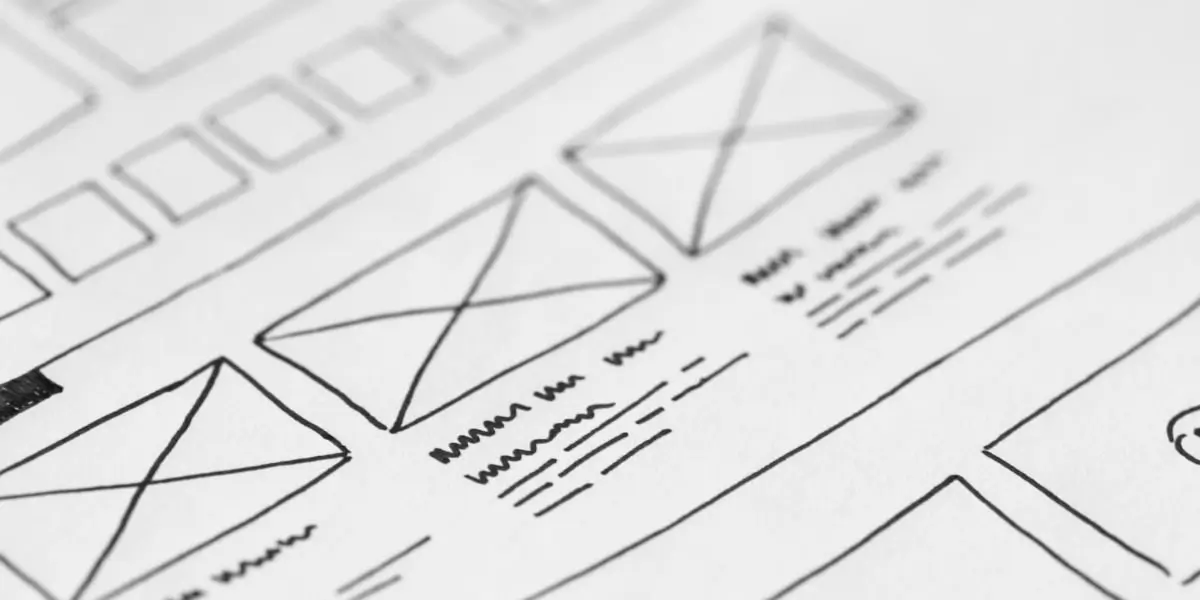Marketing to UX design—is it really possible to make this kind of career change? Jesús Espuña quit his job in marketing and successfully forged a career in UX design. Here’s what he’s got to say.
I recently caught up with CareerFoundry graduate Jesús Espuña to hear his story—a story that starts with sheer frustration and a lack of motivation, but ends in optimism and excitement for the future.
How did Jesús turn things around? I set out to investigate. Here are the questions I asked:
- What were you doing before you studied UX design?
- What triggered your career change?
- What made you choose the CareerFoundry online course?
- What did you enjoy most about the course?
- What did you find most useful about the course?
- What was it like to start your very first job in UX?
- What do you like most about your new career?
- How would you describe a typical day as a UX designer?
- Do you have any advice for would-be career changers?
- Where do you see yourself 5 years from now?

Photo by picjumbo.com from Pexels
1. What were you doing before you studied UX design?
My background was in marketing. I spent three years working as an account manager in an SEO consultancy firm, and then another three years working in affiliate marketing.
2. What triggered your career change?
I felt kind of stuck in my previous career. I could see that I wasn’t motivated—I didn’t feel like I wanted to get better at my job.
Feeling frustrated, I quit and took some time out to go travelling for a few months. After that, I wasn’t sure what to do. My partner at the time was taking the CareerFoundry UI Design course and recommended that I check out the UX Design Program.
From there, I researched what UX was and found it really interesting. Being unemployed at the time, I also found out that the Agentur für Arbeit (German Employment Agency) would subsidize the course. UX design seemed like something I could actually imagine myself doing, so I gave it a try—and from the very beginning of the course, I really liked it and thought: this is what I want to do now!
3. What made you choose the CareerFoundry online course?
I had great references from people close to me who were really happy with CareerFoundry, so I didn’t actually feel the need to consider any alternatives. For me, another great bonus was that it was in English. The fact that the Agentur für Arbeit (AFA) helped with funding also had an impact on my decision, but to be honest, I would have considered paying for the course myself if this hadn’t been the case.
4. What did you enjoy most about the course?
I was learning something new, working towards something, and jumping into a new field. It was really exciting!
5. What did you find most useful about the course?
The support I received after completing the course. I got a lot of help from CareerFoundry when it came to finding my job, and I got my current job thanks to Mike, my career advisor. He coached me on how to perform in interviews, and that was definitely the best part.
I also felt that the community element was really useful. I got to know other students here in Berlin and got advice from other students on how to do my portfolio and things like that.
It’s a great way to start networking; sometimes I would go with other students to meetups and networking events. I was never alone.
6. What was it like to start your very first job in UX?
I’m currently working as both a UX and UI designer, and I was very nervous when I got the job as I don’t have any experience in graphic design.
While I was taking the UX course, I noticed that the UI aspect was my weakest point, so I wasn’t sure how things would work out in this dual role.
But after I’d been there about three months, I’d already learned a lot! I also enrolled in the UI specialization course with CareerFoundry to brush up on my UI skills. Although I’d like to focus solely on UX in the future, this is a good opportunity to learn something new and it pushes me to work on my weaknesses.

Photo by Frans Van Heerden from Pexels
7. What do you like most about your new career?
The best things about my new career are that I’m learning a lot, and I now have a job that I can see myself doing for a really long time. There is so much to learn, and there will always be something that I want to improve on or get good at—and this is what was missing in my previous job. It’s also nice that I now have the chance to be creative.
You don’t need to be crazy creative in UX/UI, but it definitely taps into this aspect more than my previous work. Thinking mid-long term, this career path definitely gives you more flexibility.
When I was working in marketing, I could only find jobs in very big cities, whereas this is a job that you can do freelance or remotely. When I get older and want to live in a smaller place, I like the idea that I can still continue my career as a designer without necessarily needing to be in a big city.
8. How would you describe a typical day as a UX designer?
I might start by reading some UX blog articles and getting some graphic design inspiration.
I’ll spend time sitting with developers and product managers to discuss how things are going and get feedback on my designs. This is definitely not a job where you sit alone in front of your computer; it requires a lot of interaction with others in the company!
Follow another day-in-the-life account here:
9. Do you have any advice for would-be career changers?
It can be frightening and it takes a lot of courage to leave your comfort zone, but I think you have to keep a more mid-long term view of your goals.
It’s not that important where you’re going to be in six months: rather, try to focus on where you’re going to be in, say, five or seven years for example. Once you have this long term goal in mind, you just have to find the courage to take that decision and then work towards it!
10. Where do you see yourself 5 years from now?
I can see myself working as a senior UX designer, designing products and digital services that are really useful to people.
Closing thoughts
I hope my interview with Jesús has helped you to see that if you’re interested in a career in UX design, and you put in the work to hone your skillset, you can forge a career in this dynamic and impactful industry.
In fact, I see people with seemingly unrelated backgrounds successfully forge careers in UX design. Jesús is just one example.
So if you’re interested in a UX design career, but you’re worried about your background, here are a few other articles you’ll find helpful:
